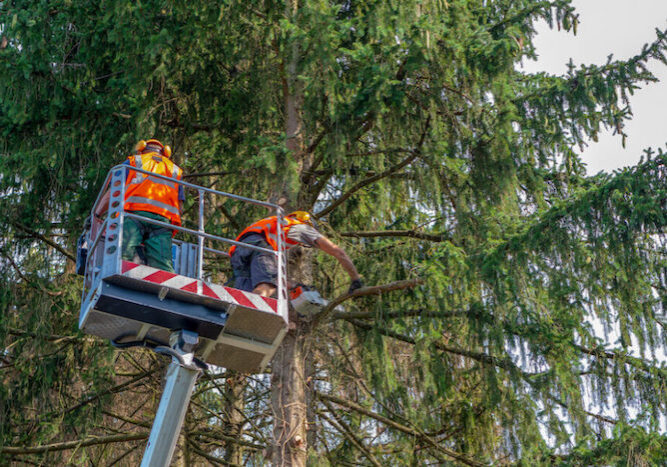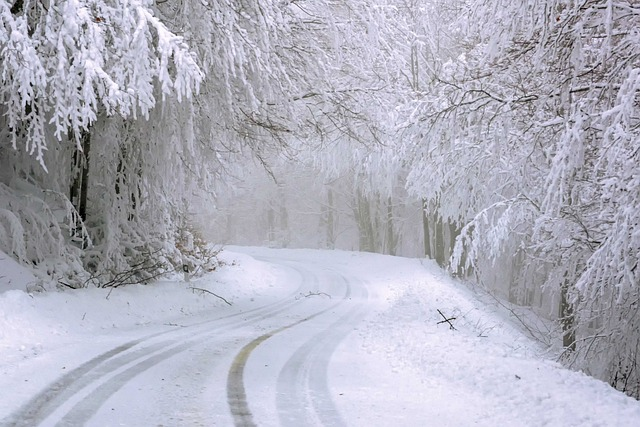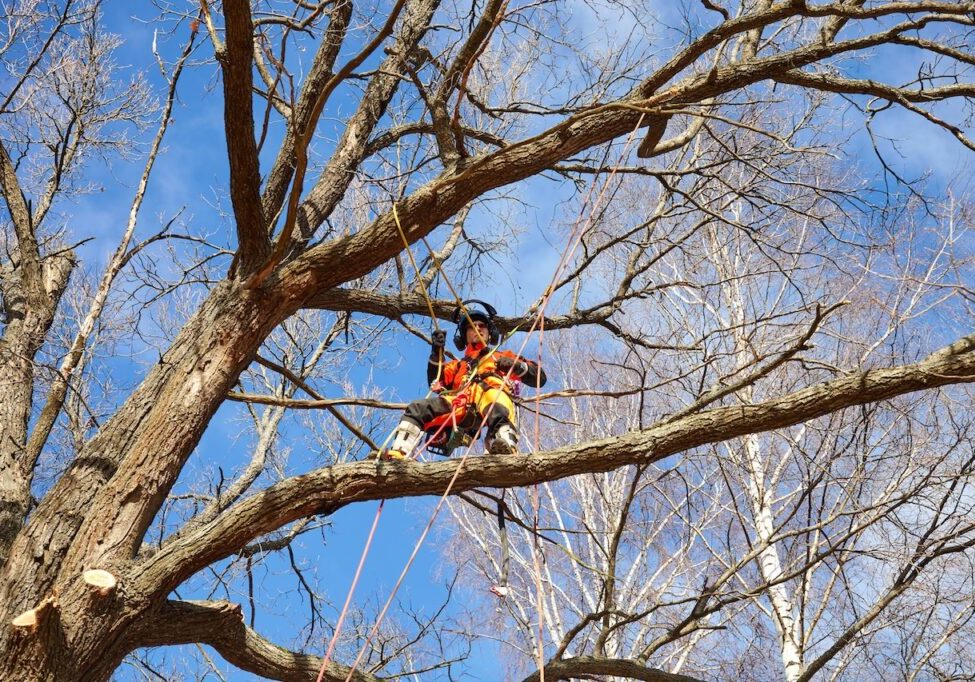4 Reasons Tree Care Companies Should Prune In The Winter

Many tree care companies know that the busiest season for our customers is spring and summer. When snow covers the ground, many tree care companies find ways to make extra money in the winter, such as holiday lighting or snow removal services. While these strategies can be lucrative, there’s a compelling argument for prioritizing tree maintenance and pruning during the winter.
Winter tree work serves as a proactive measure to ensure the health and vitality of your clients’ trees in the upcoming spring, facilitating robust new growth. Undertaking tree trimming and pruning during colder temperatures not only benefits the trees but also enhances safety for your property and helps curb the proliferation of pests and diseases.
Nevertheless, conveying the significance of winter tree pruning can be challenging. To tap into the potential of generating revenue from winter tree services, consider these four potent methods for promoting your tree care offerings to both new and existing clients during this less demanding season.
1. Cold Temperatures Prevent the Spread of Pests and Diseases
Cold temperatures can be a valuable ally in the battle against pests and diseases affecting trees. During winter, insects, pests, and diseases tend to go dormant, offering a prime opportunity for tree pruning. This pruning process can effectively ward off immediate threats from pests like mountain pine beetles and various diseases. In cases where trees are susceptible to these issues, winter pruning becomes essential. Moreover, winter pruning enables cuts to begin healing before diseases can penetrate the trees. With the freezing temperatures of winter, trees face fewer challenges from insects and fungi during the summer months. Notably, certain tree types, like oaks, are best pruned during the winter to minimize wilting risks.
Many municipalities have specific regulations to effectively manage tree, shrub, and plant diseases. In some cities, property owners are required to undertake actions such as pruning dead leaves, removing dead branches, or maintaining plants and shrubs during the late winter months. These regulations aim to prevent the spread of particular pests or diseases that could be detrimental to the local environment. Understanding and adhering to these regulations can play a crucial role in maintaining the health of your landscape and preventing the proliferation of harmful plant issues.
2. Enhancing Visibility and Tree Health through Winter Pruning.
In colder winter months, many trees and shrubs remain in a dormant state. For instance, deciduous oaks shed their leaves and await spring for new growth. This leafless period presents an excellent opportunity for arborists or tree specialists to identify and address dead branches more effectively. This proactive approach to tree care allows for the removal of potential hazards and ensures that your trees maintain their structural integrity. Moreover, winter pruning helps in evaluating the overall condition of the tree, enabling arborists to make precise decisions for its future growth and well-being.
Pruning is especially beneficial for trees that can be safely pruned during the winter months. During this time, arborists can assess all aspects of the tree without obstruction from foliage, providing a clearer view. Managing tree defects and maintaining proper structures is essential for the long-term health of trees. Pruning or trimming in the dormant season promotes healthy springtime regrowth. By taking action during winter, even when the ground is frozen, you ensure that your trees are well-prepared to flourish and showcase their best appearance when warmer weather arrives.
3. Ensuring a Safer Landscape and Less Stress on Trees in Winter
As winter starts, the safety of your property and the health of your trees can become a concern. The colder months often bring inclement weather, including winter storms laden with heavy snow and ice, posing significant risks to both your trees and your property. Weak or dead branches, when burdened by snow or encased in ice, are more prone to breaking and falling. These falling limbs not only endanger structures and vehicles but can also pose serious risks to the safety of individuals on your property.
One proactive solution to mitigate these risks is winter pruning. By addressing tree trimming and pruning during early winter, property owners can remove potential damage points and enhance the overall safety of their landscape. Winter pruning not only helps in eliminating weak or dead branches but also ensures that the remaining branches are well-prepared to withstand the challenges of winter weather, reducing the likelihood of accidents and damage.
Additionally, winter presents an optimal window for tree transplanting. If you’re considering relocating a tree or other plants within your property or to another location, the dormant season offers an ideal opportunity. During this time, when trees are in a state of dormancy, they experience less stress during the transplanting process. Roots have the chance to establish themselves in the new location before the demands of the growing season set in. This strategic timing significantly increases the tree’s chances of thriving and adapting successfully to its new environment, promoting its long-term health and vitality.
4. Winter Tree Services Availability & Scheduling
Since the demand for tree services is higher in the warmer months, and generally lower in the colder months, your customers are more likely to secure your services as a professional, at a time that suits their schedule and yours. This is why winter provides an excellent window of opportunity to have their tree care needs met promptly, and the timing may be the healthiest for their trees.
The law of supply and demand also applies to tree care services. The spring and summer is peak season and the high demand for your services can lead to increased prices. Winter, being the off-peak season, often allows for more competitive pricing and can be more cost-effective for companies and homeowners.
By offering competitive pricing during this time you can see your business rise while other tree care companies suffer from the lower volume of work.
Exceptions to the Winter Rule
While it’s optimal to trim and prune many tree species during the winter, it’s not always the most effective for certain types of trees. Some bushes or trees that have begun flowering early in the calendar year like Dogwood and Asian Magnolias, start shedding their flowers early in the winter season.
The winter season offers unique opportunities for tree maintenance. From preventing pest infestations to enhancing safety and securing the availability of certified arborists, there are compelling reasons to consider winter as an ideal time to promote your tree removal services. By doing so, you’re not only ensuring the health and beauty of your clients’ trees and landscapes but also safeguarding their properties.
Looking to increase your tree care service sales in winter?
Check out our full-service tree care business guide to learn how you can expand your services during the winter season.
If you’re looking for other ways to increase revenue and reduce costs, take a tour of Arborgold Software and discover why thousands of tree, lawn, and landscape companies use Arborgold Software to manage their entire business.
Share this resource






